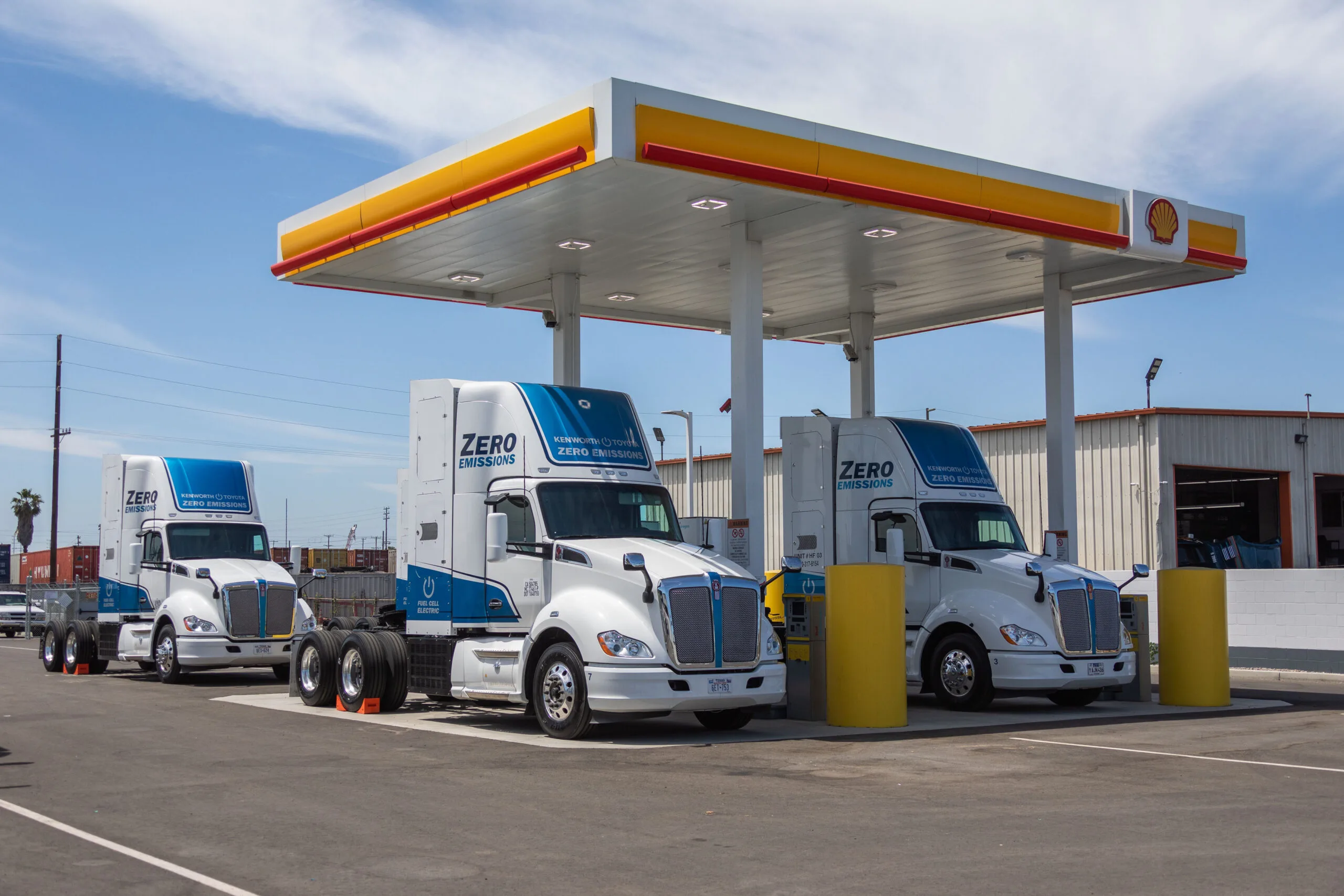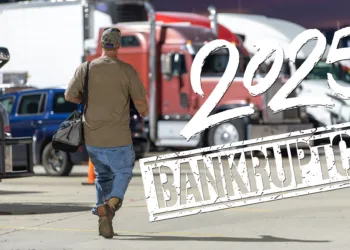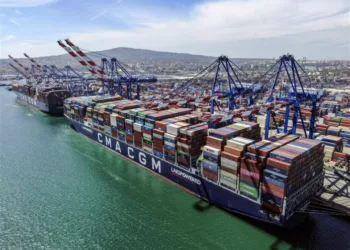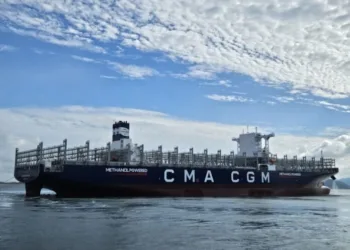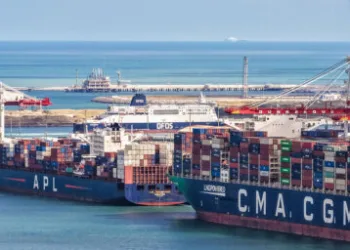Hurdles remain for Los Angeles-Long Beach to meet self-imposed deadlines for eliminating drayage truck emissions at the busiest U.S. container port complex.
The final update to the 2024 Drayage Trucks Feasibility Assessment released today details technological advancements, operational challenges, and future targets to achieve a 100% zero emissions (ZE) fleet by 2035.
As of 2024, ZE truck technologies have achieved significant commercial maturity, the report found. The market now includes seven battery-electric truck (BET) models and six fuel cell electric truck (FCET) models. BETs offer a range between 150 and 330 miles, making them suitable for short-haul, single-shift drayage operations. In contrast, FCETs boast longer ranges from 249 to 500 miles, ideal for longer and multi-shift operations, although these models remain constrained by the limited availability of hydrogen refueling infrastructure.
Drayage is included in the ambitious San Pedro Bay Ports Clean Air Action Plan (CAAP).
The report underscores growing momentum towards the adoption of ZE technologies in the region, although considerable work remains to ensure these technological solutions can be fully integrated across all operational settings.
Economic viability remains a prominent challenge for this transition. The assessment reveals that the total cost of ownership (TCO) for BETs is significantly higher, costing 2-2.4x that of diesel trucks. The disparities are even more pronounced for FCETs, which can cost up to 5x more than traditional options. The report found that the high upfront costs of these vehicles and necessary infrastructural investments act as substantial barriers to their widespread adoption. However, the role of incentives is crucial. With sufficient incentive schemes, depot-charged BETs, for instance, could become competitive with diesel trucks, promoting greater uptake of ZE technologies.
Critical infrastructure gaps also remain. Present infrastructure can only support about 800 BETs, necessitating an immense expansion to accommodate what’s projected to be a fleet of approximately 17,000 ZE trucks. Achieving the CAAP’s goals will require substantial investment in over 6,200 additional charging ports and the development of 32 adequately distributed hydrogen refueling stations. Such infrastructure improvements are indispensable to facilitating the operational viability of ZE trucks, especially for long-haul and multi-shift applications where current range limitations are apparent.
Changes in federal policy could further pressure the project. The Trump administration this month canceled funding for the Pacific Northwest Hydrogen Hub, a major multistate clean energy project that included a hydrogen development site in St. Regis, Montana. The decision was part of a broader rollback in which the administration withdrew about $7.6 billion in clean‑energy grants across 16 states, primarily those that supported Kamala Harris in the 2024 election
Operational flexibility further complicates the transition, with the heavier curb weights of ZE trucks reducing payload capacities – a significant consideration for drayage operations focused on larger freight. The operational limitations also extend to battery management and refueling or charging times. While FCETs offer rapid refueling capabilities in under 20 minutes, BETs require between 1 to 2 hours for a full charge, which could disrupt operational schedules. These factors emphasize the need for strategic infrastructure planning and technological advancement to streamline the integration of ZE trucks into current operations.
Regulatory developments add another layer of complexity to this transition, the report found. The withdrawal of the California Air Resources Board’s (CARB) federal waiver request has cast uncertainty over timelines and mandates, posing challenges for fleet operators aiming to comply with evolving regulations. Despite these setbacks, the CAAP’s targets remain steadfast, emphasizing the necessity for adaptability within the regulatory framework while maintaining a continued push toward cleaner freight solutions.
Find more articles by Stuart Chirls here.
Related coverage:
Longshore unions to meet for global anti-automation summit
UN postpones decision on shipping carbon tax
Ocean freight rates plummet amid China chaos
Import surge drives new Q2 record for busiest U.S. port
The post Deadlines in doubt for LA-Long Beach zero-emissions port drayage appeared first on FreightWaves.



